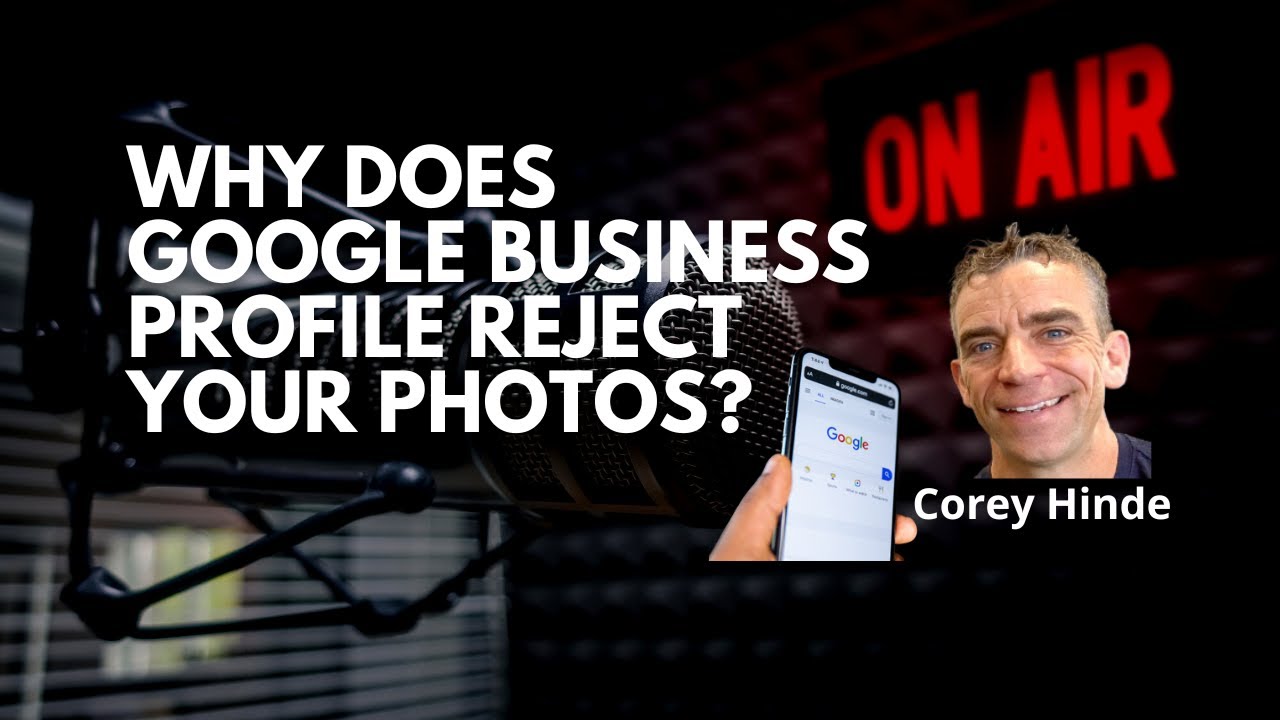Why is google rejecting my business photos and how to fix it

Understanding Google Photo Rejections
In the competitive world of online business, having visually appealing images can make all the difference. However, many users encounter a common issue: Google rejecting their business photos. This problem can stem from several reasons, and understanding them is crucial for any business looking to enhance its online presence. This article delves into why you might face photo rejections on Google and offers practical solutions to help you overcome this hurdle.
Common Reasons for Photo Rejections
When your business photos are frequently declined by Google, it can be frustrating. Here are some common reasons that might explain why your images are not making the cut:
- Inappropriate Content: Google has strict guidelines regarding the type of content it allows. Images that contain nudity, violence, or any form of hate speech are likely to be rejected.
- Quality Issues: Low-resolution images or those that are poorly lit can be deemed unsuitable. Google tends to promote high-quality visuals that reflect a professional standard.
- Misleading Information: If your images do not accurately represent your business, services, or products, Google may reject them. This includes images that are outdated or don’t reflect current offerings.
- Watermarks and Logos: Photos containing provocative branding, logos, or watermarks can also face rejection. Google prefers authentic visuals without heavy marketing elements.
- Excessive Text: Images with too much embedded text may not be well-received. Google strives for clean visuals that communicate effectively without clutter.
- Improper File Formats: Only specific file formats are supported. Using uncommon formats or sizes may lead to rejection.
How to Fix Photo Rejection Issues
After identifying potential reasons for your photo rejections, it’s time to focus on remedial actions to prevent this issue from recurring. Here are some actionable steps you can take:
1. Adhere to Google’s Guidelines
Thoroughly review Google’s guidelines for photos to ensure your submissions comply. Familiarizing yourself with these instructions will help you understand what is acceptable.
2. Enhance Image Quality
Invest in a high-quality camera or utilize professional photo editing software to elevate the resolution and overall quality of your images. Make sure your photos are:
- Well-lit and clear
- High-resolution, ideally 720 pixels wide at a minimum
- In focus and properly framed
3. Accurately Represent Your Business
Be honest in your visual representation of your business. Ensure that your images showcase the correct products or services you offer, portraying them realistically.
4. Avoid Overly Promotional Content
While it’s essential to promote your brand, ensure that your images do not overly feature logos or watermarks. Instead, focus on showcasing your products or services authentically.
5. Choose the Right File Format
Use commonly accepted formats such as JPEG or PNG, as these are widely recognized by Google. Also, avoid excessive file sizes; smaller sizes often result in faster uploads.
The Importance of Google Business Photos
Having your images approved on Google isn’t just about aesthetic appeal; it contributes significantly to your business’s online credibility and visibility. Photos reflect your brand and product quality, influencing potential customers’ perceptions. For instance:
- Visual Engagement: Customers are drawn to engaging visuals which can significantly increase interaction on your business listing.
- First Impressions Matter: High-quality photos create a favorable first impression, essential for attracting new clients.
- SEO Advantages: Optimally tagged and categorized images can lead to better ranking in search results, driving more traffic to your site.
By maintaining a robust gallery of approved images, businesses can showcase their offerings and ensure maximum engagement from potential clients.
Strategies for Creating Effective Business Photos
Now that we understand the importance of image quality and compliance, let’s dive into effective strategies for creating business photos that fulfill Google’s requirements:
1. Employ Professional Photography Services
If your budget permits, hiring a professional photographer can be a worthwhile investment. Professionals can help guarantee high-quality images that meet industry standards.
2. Use Natural Lighting
Whenever possible, utilize natural light for your images. Natural lighting not only enhances the quality but also creates a warm, inviting atmosphere that resonates well with viewers.
3. Maintain Consistency in Style
Consistency across your photos is key. Use similar themes, colors, and styles to create a cohesive brand image. This helps in recognition and builds a strong brand identity.
Optimizing Your Photos for Search Engines
Optimization is crucial not just for approval but also for enhancing visibility on search engines. Follow these steps to optimize your images effectively:
1. Descriptive Filenames
Before uploading, rename your image files to be descriptive. For example, instead of “image1.jpg,” use “chocolate-cake-shop.jpg.” This practice helps search engines understand the content better.
2. Add Alt Text
Include concise and descriptive alt text to each image. Alt text is beneficial for visually impaired users and also serves as context for search engines. Always include relevant keywords but avoid keyword stuffing.
3. Regularly Update Your Gallery
Keep your business photos fresh and relevant by regularly updating your gallery. This not only engages returning customers but can also affect your search rankings positively.
In addition to Google, utilize social media platforms to enhance the visibility of your business images. Platforms like Instagram and Facebook provide excellent opportunities to showcase your brand visually. Here’s how:
1. Create a Dedicated Page or Profile
Create a business profile that reflects your brand’s ethos and sharable content. Engaging visuals can significantly increase your follower base.
Incorporate relevant hashtags to increase the chances of your images being discovered. Ensure you’re using popular yet relevant hashtags that your target audience follows.
3. Engage with Your Audience
Encourage customers to share their experiences via photos posted on social media. User-generated content can provide authenticity to your brand.






